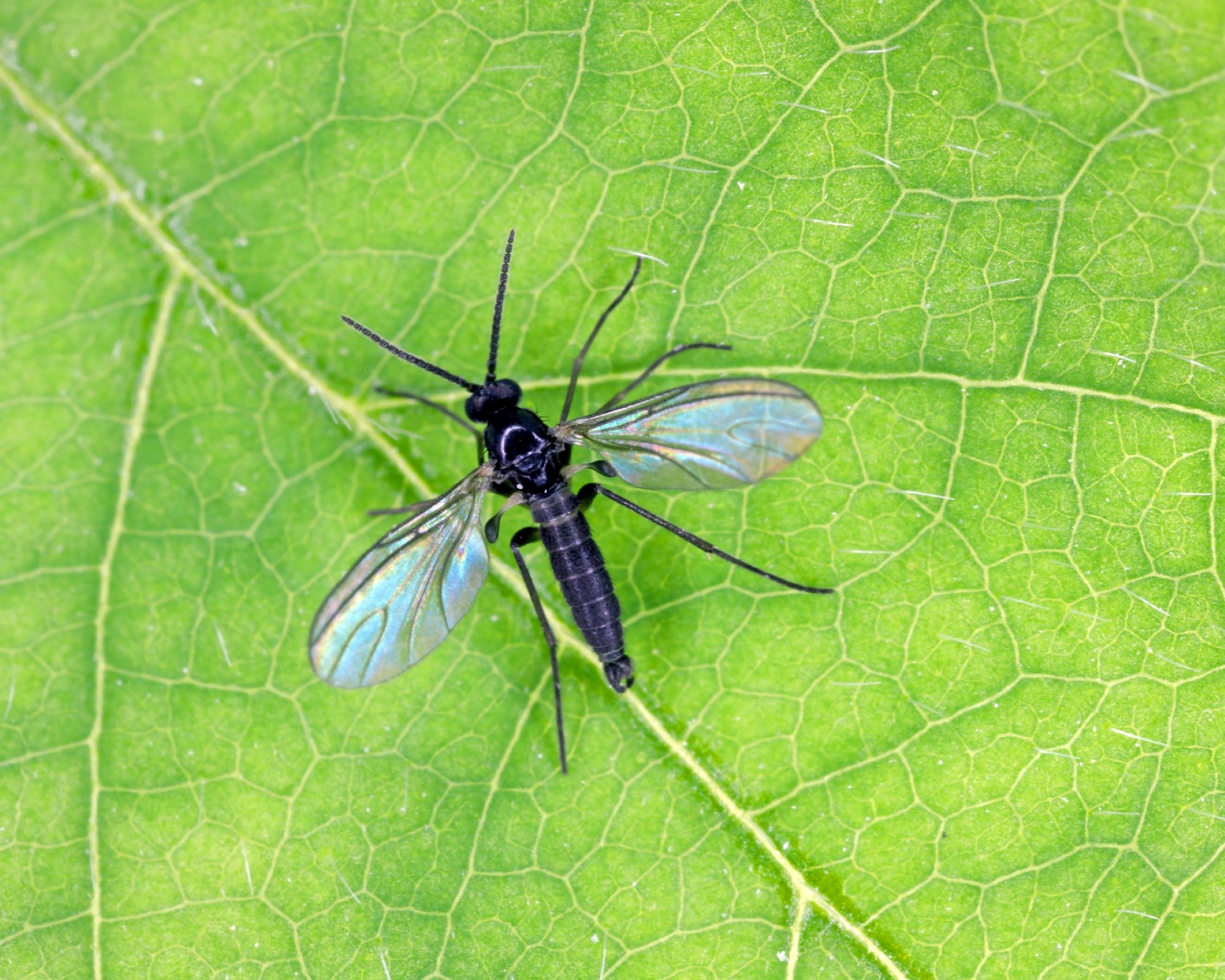
No matter how on top of cleaning you may be, there will come a time in every home where unwelcome guests arrive. If you actually need to settle the gnats vs. fruit flies debate in your home, trust us, you are not alone in wondering which one of these flying insects is bothering you.
So how do you know which annoying little pest is plaguing your home, ruining the look of your best indoor plants and more importantly, what action you should take to get rid of them? In case you’re wondering why the difference between gnats and fruit flies matters at all, these similar-looking tiny flying insects have different food sources, and you will need to use different methods to eliminate them from your home.
So, before you go into the details of how to eliminate these flying pests, make sure you know which insects you’re actually dealing with first.
Gnats vs. fruit flies: how do I know which one I’ve got?
The good news is that although both gnats and fruit flies are tiny, there the similarities end. Sholom Rosenbloom, the owner of Rosenbloom Pest Control, has been serving Baltimore for 23 years and reassures readers that ‘there are many stark differences between fruit flies and fungus gnats.’ Rosenbloom recommends looking out for the following identifying features:
- Gnats: Fungus gnats are dark with dark wings that are not transparent. A very distinct identification characteristic of fungus gnats is that the eyes of an adult meet above the base of the antennae.
- Fruit flies can have red or dark eyes. Generally, the body color is light cream to brown with clear wings.
That’s just the differences in appearance. The other major difference is in the feeding sources of these insects. As their name suggests, fruit flies ‘breed in sugary slightly decomposed substances such as rotting fruit or forgotten sugary beverages that find their way through the liner of a trash can.’
You typically won’t see swarms of fruit flies, because, as Rosenbloom tells us, 80 to 90 percent of fruit flies will be not flying around but ‘breeding in sugary decomposing substances. They can also breed in drains or cracks and floors with heavy decomposed organic matter.’
Deep dive into identifying bugs in your home for a pest-busting checklist.
Get small space home decor ideas, celeb inspiration, DIY tips and more, straight to your inbox!

If you see tiny flies just flying around nowhere near food and you have houseplants, these are most likely fungus gnats: they ‘lay their eggs in moist soil containing organic material that the eggs can feed on when they hatch. Adults feed on plants surrounding soil with high fungi content.’
Gnats vs. fruit flies: the differences in elimination methods
Now that we’ve discovered that fungus gnats and fruit flies are distinct species with very different feeding and breeding behaviors, it’s not surprising to find out that getting rid of them also has different requirements.
To eliminate fruit flies, Rosenbloom advises investigating food storage and disposal areas. ‘Clean and scrub drains or floors that have heavy decaying organic materials. Flush drains with bio or drain gel which have good microbes design to fight and stop the buildup of organic decomposing material the flies feed on.’
In practice, this means cleaning your kitchen regularly, storing food properly especially in warmer months and of course, staying on top of your kitchen bin. If you always find that there’s fermenting liquid at the bottom of your bin, you need to get thicker, stronger bin liners. They can still be biodegradable, just look for ‘extra-thick’, or ‘leak-proof on the packaging. We like the Eyobe Trash Bags from Amazon, for example. Investing in the best kitchen bin with a tightly closing lid is also a very good idea.
Never leave fruit that has been cut open out, wrap it in film and refrigerate. Overripe fruit that has started to go soggy and smells fermented should be discarded and ideally not be anywhere inside your home. This is where composting can come in handy also.

To get rid of gnats, fungus gnats in particular, you'll want to ‘add charcoal, coffee grounds, or silica gel to the soil of indoor plants. This will reduce organic decay in the soil and reduce the attraction of adult fungus gnats. Avoid overwatering your plants, and – this is a slightly more surprising tip – close windows at night. Fungus gnats easily pass through conventional window screens. Leaving screened windows open will not stop them from entering', says Rosenbloom.
Why do I have gnats in my bedroom?
It can be puzzling to notice gnats flying around your bedroom, especially if you clean regularly and don’t have any houseplants in this room. Unfortunately, gnats in the bedroom are often a sign of a water leak or plumbing issue. Sometimes, gnats can also be a sign of rotting joists under your bedroom flooring. It’s a very good idea to call a plumber, especially if your bedroom is an en suite, or a structural engineer if you don’t have a bathroom near the bedroom. You should also check any outdoor drains near the bedroom for blockages.
I can’t figure out where the gnats are coming from, what should I do?
Sometimes it can seem impossible to tell where the gnats are coming from. With fruit flies, it’s much more straightforward: they will always be where your food is. Gnats, however, can appear anywhere near an area with excess moisture. This can be very straightforward – a leaky pipe, clogged drain or waterlogged house plant – but can also be a more obscure location. A real-life example: fungus gnats were caused by a rotting patio foundation in a backyard with improper drainage.
Anna is a professional writer with many years of experience. She has a passion for contemporary home decor and gardening. She covers a range of topics, from practical advice to interior and garden design.